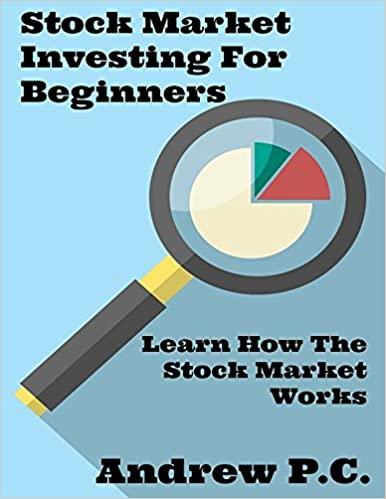


Suppose stock returns can be explained by the following three-factor model: Ri= RF+B1F1 +B2F2-B353 Assume there is no firm-specific risk. The information for each stock is presented here: Stock A Stock B Stock C B1 1.80 85 84 B2 .80 1.40 -35 B3 55 -.75 1.46 The risk premiums for the factors are 7.2 percent, 6.4 percent, and 6.8 percent, respectively. You create a portfolio with 30 percent invested in Stock A, 30 percent invested in Stock B, and the remainder in Stock C. The risk-free rate is 4.3 percent. What is the expression for the return on your portfolio? (Do not round intermediate calculations and round your answer to 2 decimal places, e.g., 32.16.) Factor Beta Factor F1 Factor F2 Factor F3 What is the expected return on your portfolio? (Do not round intermediate calculations and enter your answer as a percent rounded to 2 decimal places, e.g., 32.16.) Expected return % Suppose stock returns can be explained by a two-factor model. The firm-specific risks for all stocks are independent. The following table shows the information for two diversified portfolios: Portfolio B1 92 - 1.52 B2 1.22 -32 (R) 16% 14 Portfolio If the risk-free rate is 5 percent, what are the risk premiums for each factor in this model? (Do not round intermediate calculations and enter your answers as a percent rounded to 2 decimal places, e.g., 32.16.) Factor F1 Factor F2 The following three stocks are available in the market: Stock A Stock B Stock C Market E(R) 10.9% 14. 1 16.6 14. 5 B 1.31 1 .11 1.51 1 Assume the market model is valid. a. The return on the market is 15.3 percent and there are no unsystematic surprises in the returns. What is the return on each stock? (Do not round intermediate calculations and enter your answers as a percent rounded to 2 decimal places, e.g., 32.16.) b. Assume a portfolio has weights of 25 percent Stock A, 40 percent Stock B, and 35 percent Stock C. The return on the market is 15.3 percent and there are no unsystematic surprises in the returns. What is the return on the portfolio? (Do not round intermediate calculations and enter your answer as a percent rounded to 2 decimal places, e.g., 32.16.) Stock A Stock B Stock C b. Portfolio return Suppose stock returns can be explained by the following three-factor model: Ri= RF+B1F1 +B2F2-B353 Assume there is no firm-specific risk. The information for each stock is presented here: Stock A Stock B Stock C B1 1.80 85 84 B2 .80 1.40 -35 B3 55 -.75 1.46 The risk premiums for the factors are 7.2 percent, 6.4 percent, and 6.8 percent, respectively. You create a portfolio with 30 percent invested in Stock A, 30 percent invested in Stock B, and the remainder in Stock C. The risk-free rate is 4.3 percent. What is the expression for the return on your portfolio? (Do not round intermediate calculations and round your answer to 2 decimal places, e.g., 32.16.) Factor Beta Factor F1 Factor F2 Factor F3 What is the expected return on your portfolio? (Do not round intermediate calculations and enter your answer as a percent rounded to 2 decimal places, e.g., 32.16.) Expected return % Suppose stock returns can be explained by a two-factor model. The firm-specific risks for all stocks are independent. The following table shows the information for two diversified portfolios: Portfolio B1 92 - 1.52 B2 1.22 -32 (R) 16% 14 Portfolio If the risk-free rate is 5 percent, what are the risk premiums for each factor in this model? (Do not round intermediate calculations and enter your answers as a percent rounded to 2 decimal places, e.g., 32.16.) Factor F1 Factor F2 The following three stocks are available in the market: Stock A Stock B Stock C Market E(R) 10.9% 14. 1 16.6 14. 5 B 1.31 1 .11 1.51 1 Assume the market model is valid. a. The return on the market is 15.3 percent and there are no unsystematic surprises in the returns. What is the return on each stock? (Do not round intermediate calculations and enter your answers as a percent rounded to 2 decimal places, e.g., 32.16.) b. Assume a portfolio has weights of 25 percent Stock A, 40 percent Stock B, and 35 percent Stock C. The return on the market is 15.3 percent and there are no unsystematic surprises in the returns. What is the return on the portfolio? (Do not round intermediate calculations and enter your answer as a percent rounded to 2 decimal places, e.g., 32.16.) Stock A Stock B Stock C b. Portfolio return









